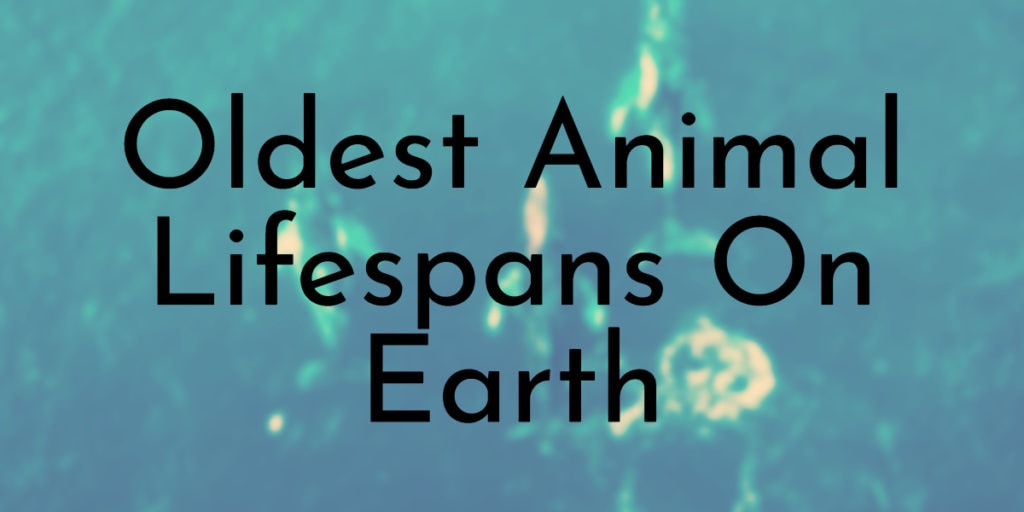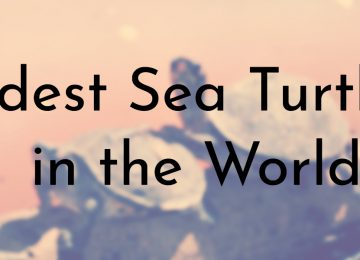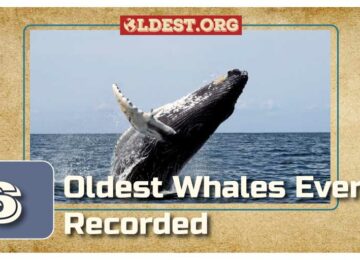Life is short, they say, but not for the animals on our list. Human beings are said to live about 70 years. However, that’s nothing compared to some of the oldest animals on the planet. If the condition is right, some animals are even considered immortal!
So, we want to know, “What is the oldest lifespan of animals living on earth?” If you want to know the answer, here’s the list that you shouldn’t miss!
10. Bowhead whale
Lifespan: 200 years
Habitat: Arctic and subarctic waters
Class: Mammalia
Other names: Arctic whale; Greenland right whale
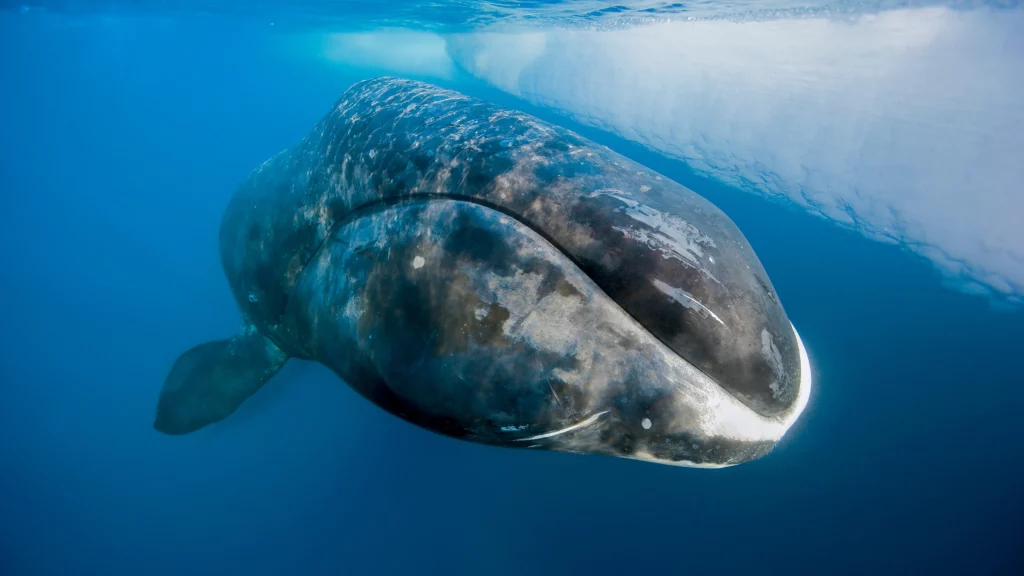
The bowhead whale got its name from its peculiar triangular skull, which is useful to swim through thick ice in the arctic. What’s more interesting is that they have the largest mouth among all animals.
Because of their size, people have made the bowhead whale a whaling target, which led to the steep reduction of their population.
Did You Know?
The bowhead whale is considered to have the longest lifespan among mammals. They can also be very big. They can grow up to 60 feet in length and weigh up to 91 tons. Aside from that, bowhead whales keep themselves warm through their blubber, which is also known to be the thickest among other whale species.
9. Rougheye rockfish
Lifespan: 200+ years
Habitat: Deep waters of North Pacific, Japan, Bering Sea, Aleutian Island
Class: Actinopterygii
Other names: blacktip rockfish; blackthroat rockfish
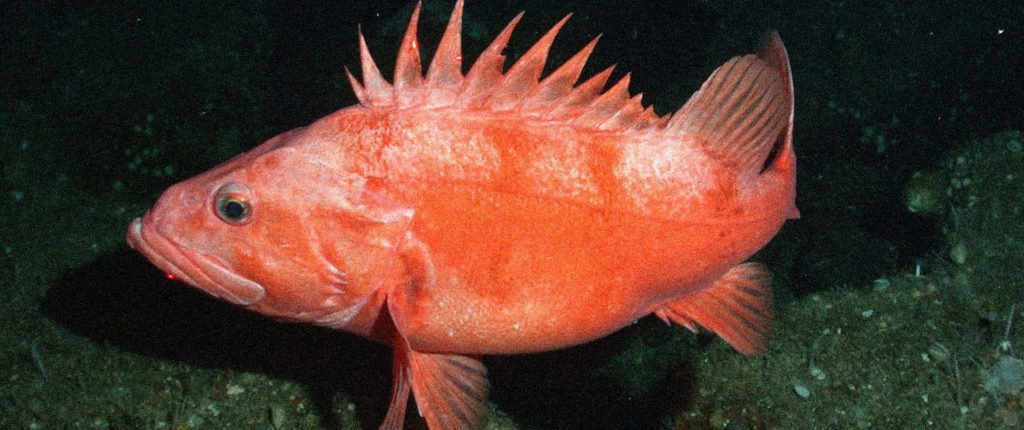
The rougheye rockfish got its name from the spines found on its lower eyelids. If you look closely, there are about ten spines that you’ll find. Its color can be tannish, brownish, or pinkish. At times, there are dark and irregular patches found on different parts of its body.
Did You Know?
The rougheye rockfish prefer to be alone once they get bigger. However, they also tend to form schools on a few occasions. They are among the fish species that have the longest lifespan. Their diet consists mainly of crabs, fish, shrimps, mysids, and amphipods.
8. Freshwater pearl mussel
Lifespan: 150 to 250 years
Habitat: European and North American freshwaters
Class: Bivalvia
Other names: endangered species
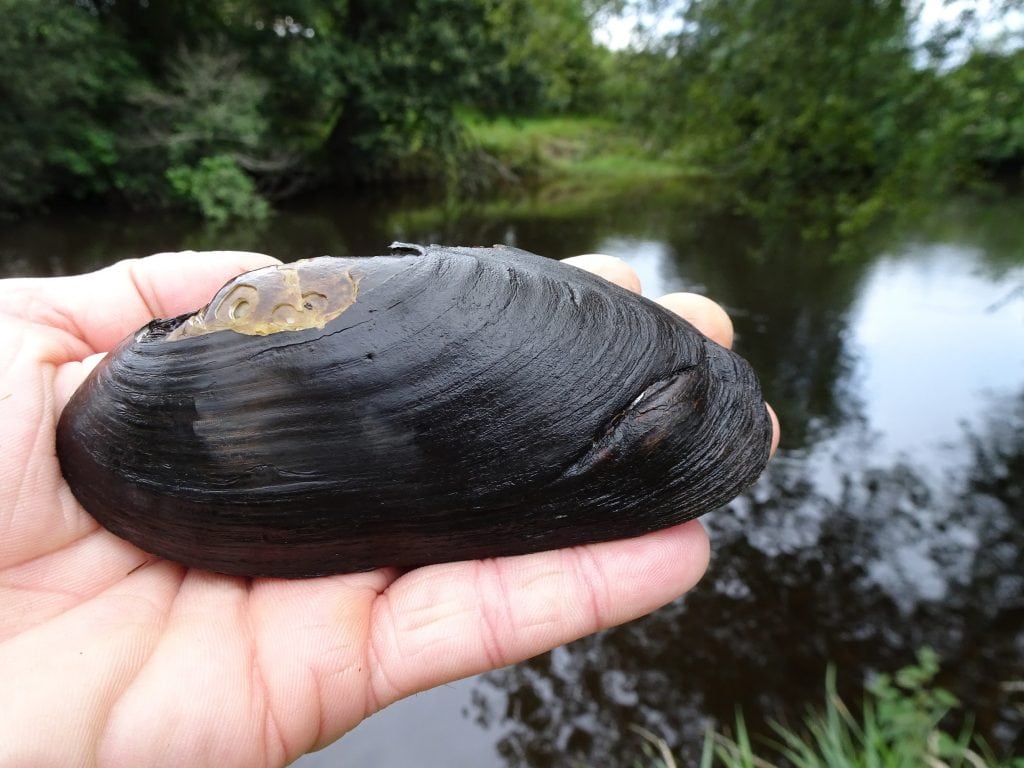
The freshwater pearl mussel is among the invertebrates that have the longest lifespan. This mussel is an aquatic bivalve mollusk that has two shells hinged together. These two shells are close together to protect the mussel’s soft body.
On average, the freshwater pearl mussel lives about a hundred years. Nevertheless, scientists estimate that they can live more than 200 hundred years.
The mussel starts out as a small larva. They are ejected from an adult mussel, which can produce millions of mussel larvae in one batch.
Did You Know?
Freshwater pearl mussel is an endangered species of mussel. Because of its ability to produce pearls, it has been exploited down the centuries leading to its decline. Aside from that, the natural habitat of these mussels is slowly getting smaller. For freshwater pearl mussels to thrive, they need a clean, fresh, and fast-flowing stream of water.
7. Greenland shark
Lifespan: 250-500 years
Habitat: Arctic and North Atlantic oceans
Class: Chondrichthyes
Other names: grey shark; gurry shark
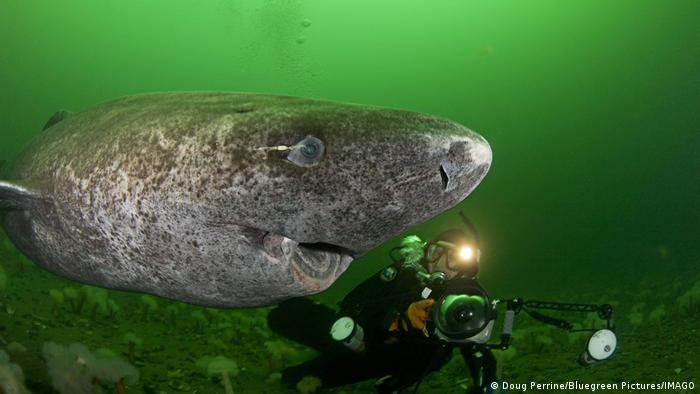
The Greenland shark is part of the sleeper shark family and thus, it has a close resemblance with the southern and Pacific sleeper sharks.
According to statistics, the Greenland shark has the longest lifespan among all vertebrate species. It eats different types of foods.
Moreover, it can thrive and survive for a long time as there are not many predators who would like to eat Greenland sharks. It has a high level of toxic substances in its tissues.
Did You Know?
The Greenland shark is the only type of shark that can tolerate cold Arctic temperatures. They even prefer water temperatures as cold as -1°C.
These sharks are difficult to find. The first photograph of Greenland sharks surfaced in 1995. It was only in 2003 that live footage was taken.
6. Riftia pachyptila (tube worms)
Lifespan: 300+ years
Habitat: hydrothermal vents
Class: Polychaeta
Other names: giant tube worm
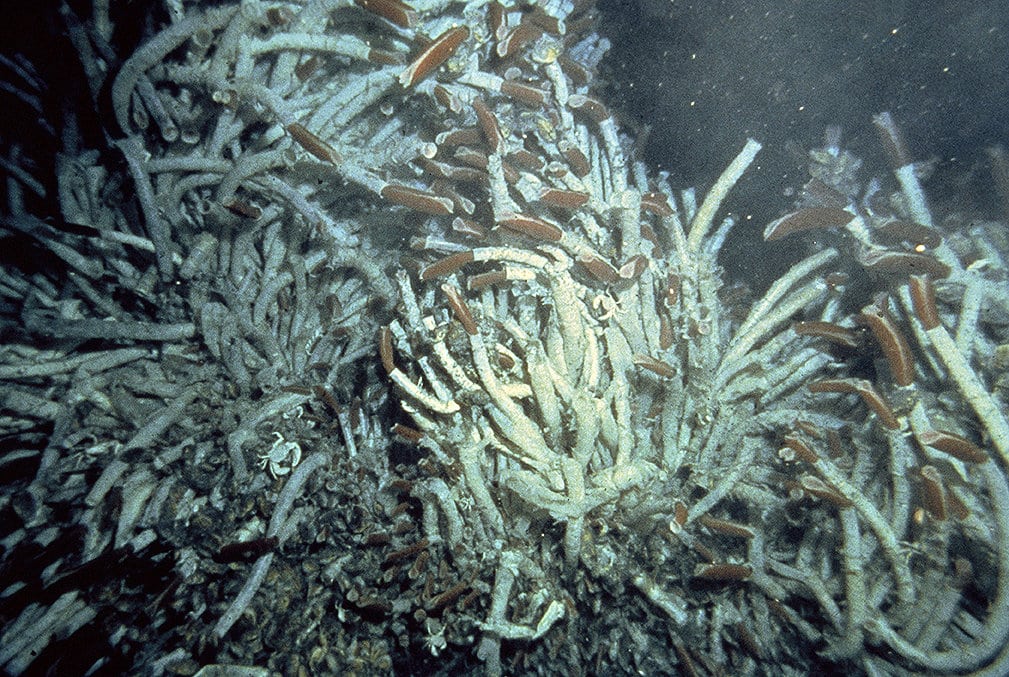
The Riftia pachyptila is commonly known as the giant tube worm or simply tube worm. It is commonly found in the Pacific Ocean. The tube worm can grow up to 3 meters with a diameter of 4 cm.
The tube worm was accidentally discovered in 1977 by Jack Corliss, a geologist. Corliss was there to simply study hydrothermal vents and noticed the worm-like structures near the area.
Did You Know?
The tube worms thrive in hydrothermal vents, which provide a good temperature of 2 to 30 °C. Aside from that, tube worms can survive in areas where there are extremely high hydrogen sulfide levels.
There are different types of tube worms. However, the term refers to any sessile invertebrate that looks like a worm. It has a tail that anchors to the ocean floor. It then secretes minerals around its body for protection.
5. Ocean quahog clam
Lifespan: 500+ years
Habitat: North Atlantic Ocean
Class: Bivalvia
Other names: Arctica islandica; black quahog; black clam; Icelandic cyprine, mahogany clam;
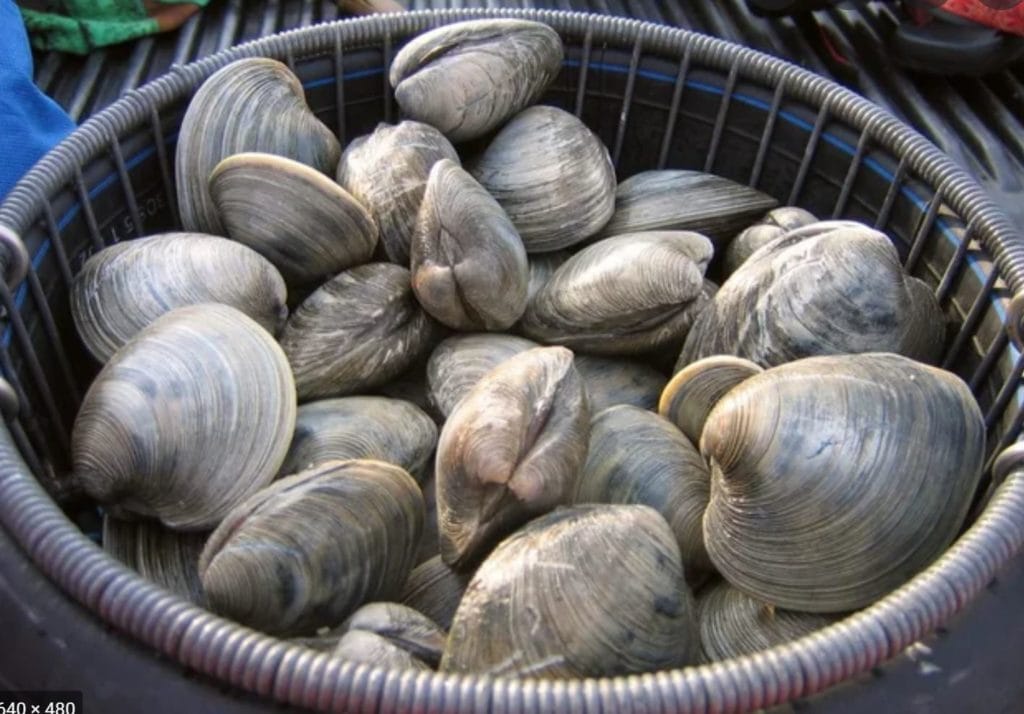
The key to ocean quahog clams’ longevity lies in their super low growth rate and biological maintenance. Aside from that, the ocean quahog clam’s growth is even slower during cold months.
Quahog clams are filter feeders, which means they strain suspended matter in the water and only let food particles pass. Moreover, quahog clams regulate their eating habits depending on light levels. This means there is a particular time of the year that these clams eat a lot in months, but only eat for a few days in some seasons.
Did You Know?
The ocean quahog clam was the official shell of Rhode Island in 1987. Moreover, the oldest quahog clam today is Ming the clam, reportedly to be already 507 years old.
4. Black coral
Lifespan: 4,000+ years
Habitat: continental slopes under 50 meters deep
Class: Hexacorallia
Other names: jet-black or dark brown corals
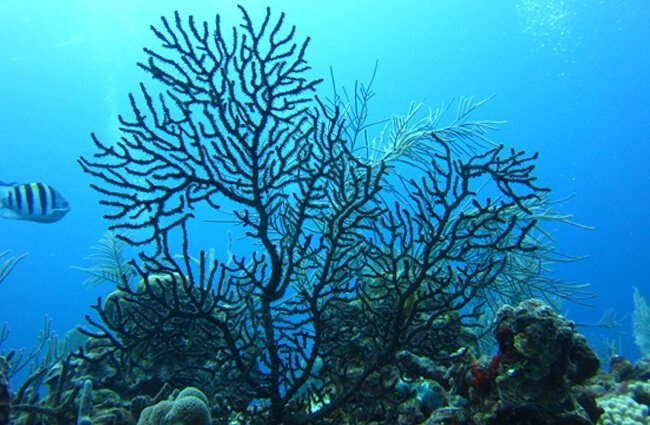
Black corals may look like life-less plants or rocks, but they are actually skeletons of animals called polyps. As the polyps multiply and reproduce themselves, they create more exoskeletons that make the corals grow bigger and longer.
Black corals can multiply sexually or asexually. They are vital in the marine ecosystem as black corals provide shelter, protection, and food for various sea animals.
Did You Know?
In the past, black corals were used for medicinal purposes. However, it was only in recent years that it is now being used as ornaments and pieces of jewelry. Because of the increasing demand for black corals, in combination with climate change and ocean acidification, they are getting smaller in numbers.
3. Glass sponge
Lifespan: 13,000+ years
Habitat: found on ocean floors with a depth of 450 to 900 meters
Class: Hexactinellida
Other names: cup-shaped
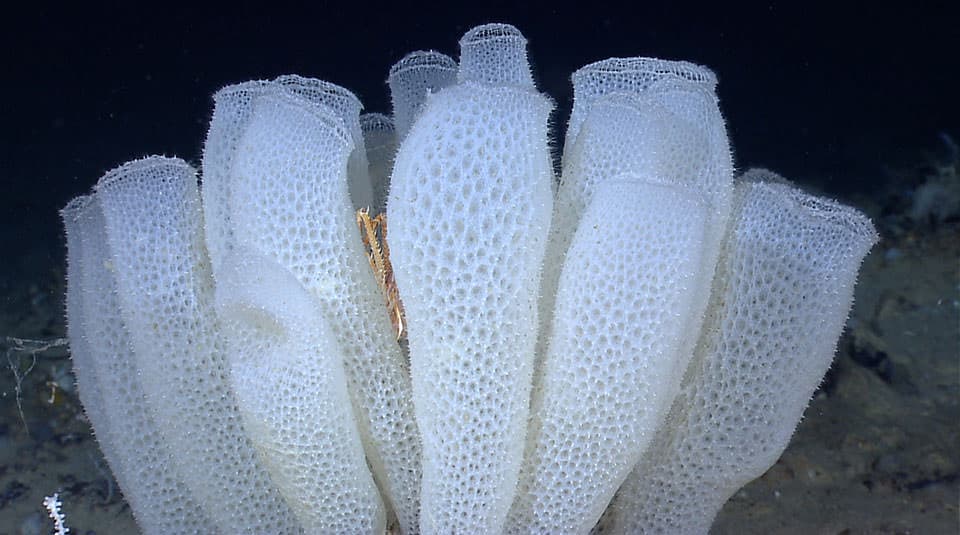
Scientists estimate that the glass sponge can live up to 15,000 years. Although it’s difficult to determine the exact age of a glass sponge, researchers still manage to estimate how long they can live due to their slow aging process.
Glass sponges are known to dwell in deep waters. Although rare, some are reported to have been seen in shallow water. The cup-shaped glass sponge can grow up to 10 to 30 cm with its sturdy internal skeletons.
Did You Know?
Glass sponges are difficult to find because they can only be found deep down in the ocean. One interesting ability that glass sponges have is to send rapid electrical signals across their bodies. Thus, they are able to respond to external stimuli in just a matter of seconds.
2. Hydra
Lifespan: Possibly immortal
Habitat: Freshwater, temperate and tropical region
Class: Hydrozoa
Other names: regeneration
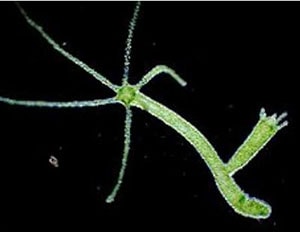
Hydras are seen to have regenerated themselves through cloning or duplication. Because of this, scientists observed that hydras don’t grow old. With a soft body, they are like jellyfish.
If ever hydras are cut, each half would then regenerate and form a new hydra. Hydras are known to be sedentary, meaning, they don’t move too much. They retract when attacked or threatened.
When there is plenty of food, hydras can reproduce themselves without the help of any partner. They can simply duplicate themselves by budding a new hydra.
Did You Know?
Hydra doesn’t have any true brain structure. It doesn’t have any true muscles as well. The hydra is considered to thrive with its nerve net nervous system, which consists of interconnected neurons that serve as its brain.
1. Turritopsis dohrnii
Lifespan: Possibly immortal
Habitat: tropical to temperate waters (worldwide)
Class: Hydrozoa
Other names: Immortal jellyfish
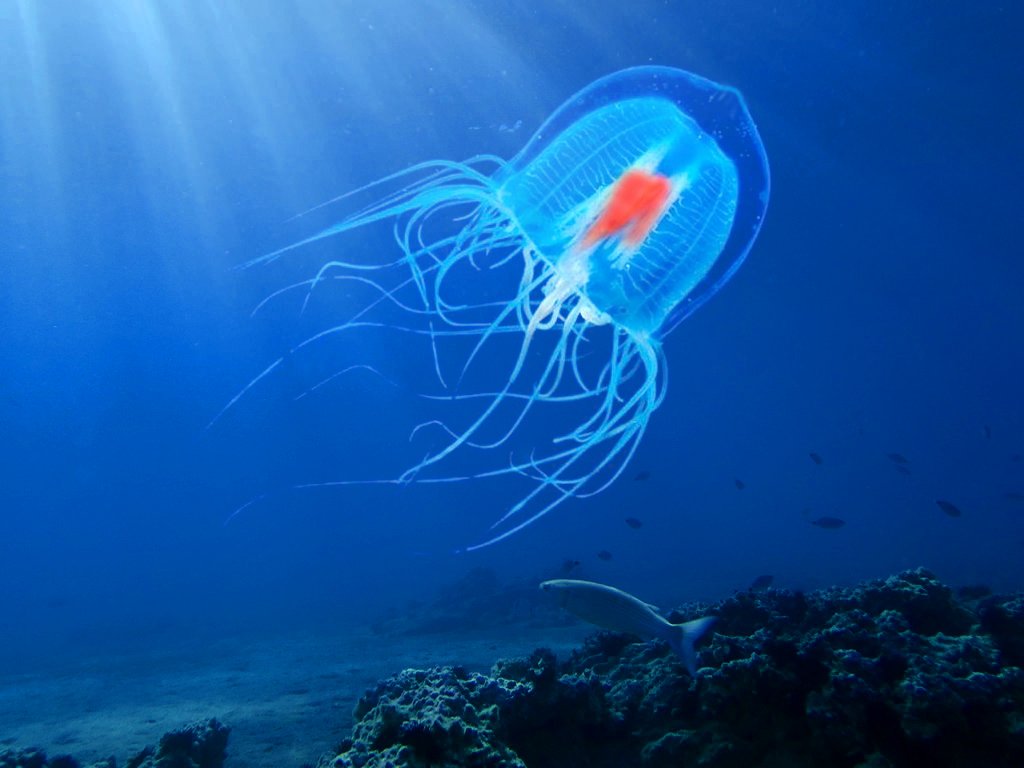
The Turritopsis dohrnii has the oldest animal lifespan in the world. Because of its bizarre ability to go back to its “baby” state, it can theoretically live forever.
Looking at Turritopsis dohrnii, you’ll notice how small it is. It can only grow up to 4.5 mm in length and width. The adult bell-shaped jellyfish can grow up to 90 tentacles.
Did You Know?
The Turritopsis dohrnii is believed to have started living in the Pacific. However, it has migrated throughout the world’s oceans. As long as the water is warm enough for them to live, they are there.
Thankfully, their species invasions didn’t cause any ecological or economic negative effects. Because they are significantly small, their spread wasn’t noticeable.


